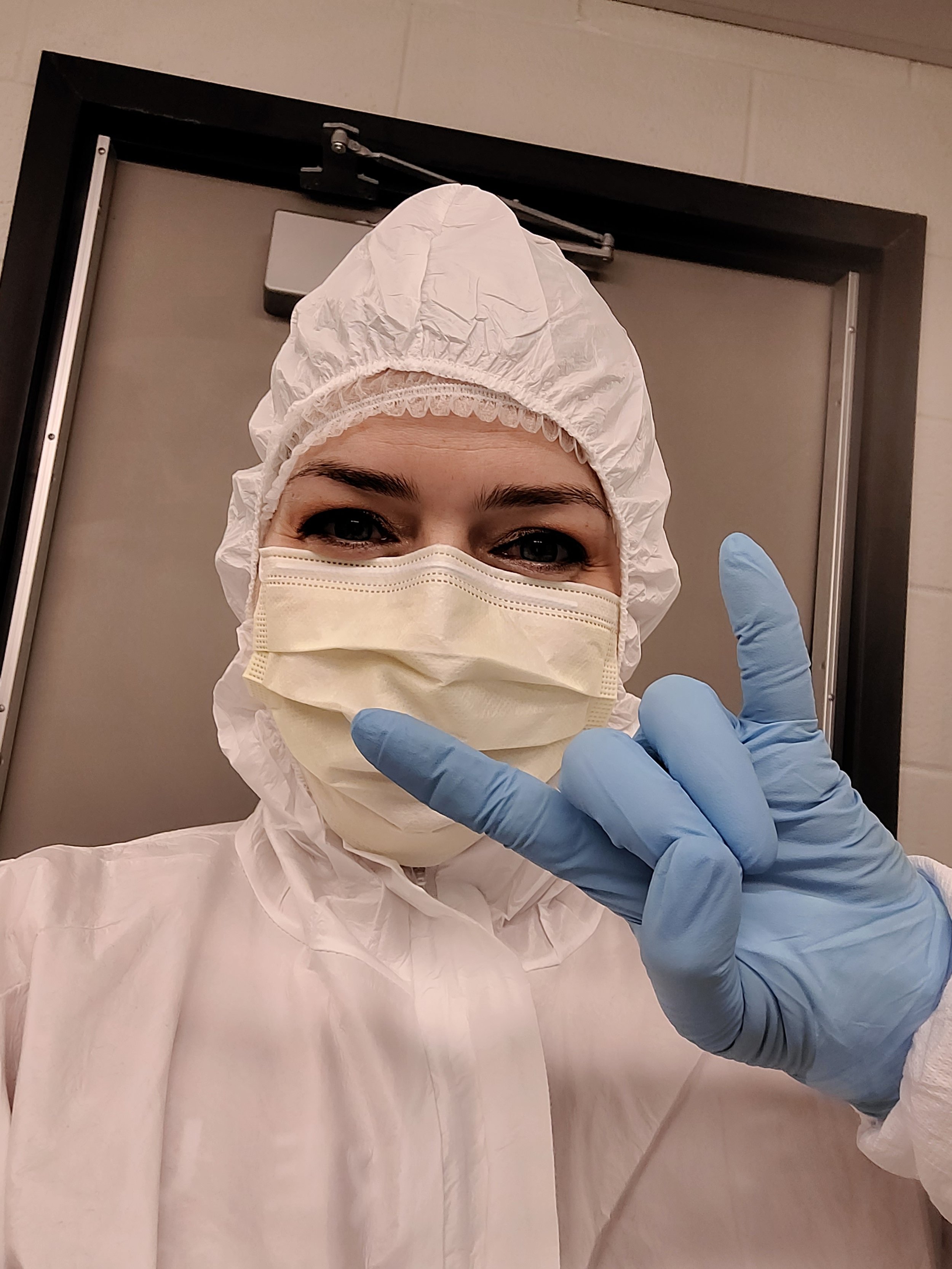
Research
My research combines archaeology, biological anthropology, ethnohistory, and community engagement to study migration, diet, memory, kinship, and the population histories of ancient peoples.
I am interested in how the remains of Ancestors can help us understand broader cultural practices from varying scales – what can we learn about the individual, what can we learn about larger populations, and how does the information we get from the Ancestor map out across our understanding of cultural practices. Broadly, my research program focuses on a chronological assessment of ancient Maya population dynamics in Belize.
Specifically, I look at three main themes:
Lived Experience — diet, migration, and population history.
Collapse and Resilience.
Memory and Place-making.
While my primary research focus is on the ancient Maya in present-day Belize, I also collaborate on research projects in New Mexico and Peru.
In addition, I mentor undergraduate and graduate students on the ethical treatment of Ancestors and how to prepare their remains and animal remains for isotopic [carbon, nitrogen, oxygen, and strontium] and ancient DNA analyses. I have extensive experience working in clean laboratory environments, including stable isotope and ancient DNA labs, where I have developed and improved methods for new and existing analyses. I am skilled in running various mass spectrometers and other analytical equipment.

Descendants and residents of Belen, New Mexico pose with Rick W. A. Smith and myself at George Mason University

Obligatory pipeting picture

Sample prep for analysis by IRMS

Feeling cheeky in the lab

Members of To'one Masehualoon NGO (Yucatecan Mayan for "We are Maya") pose with Dr. Austin Reynolds, Dr. Lauren Springs, myself, and Dr. Rick W. A. Smith at George Mason University

Indexing DNA libraries

Hooking 'em in the ancient DNA lab